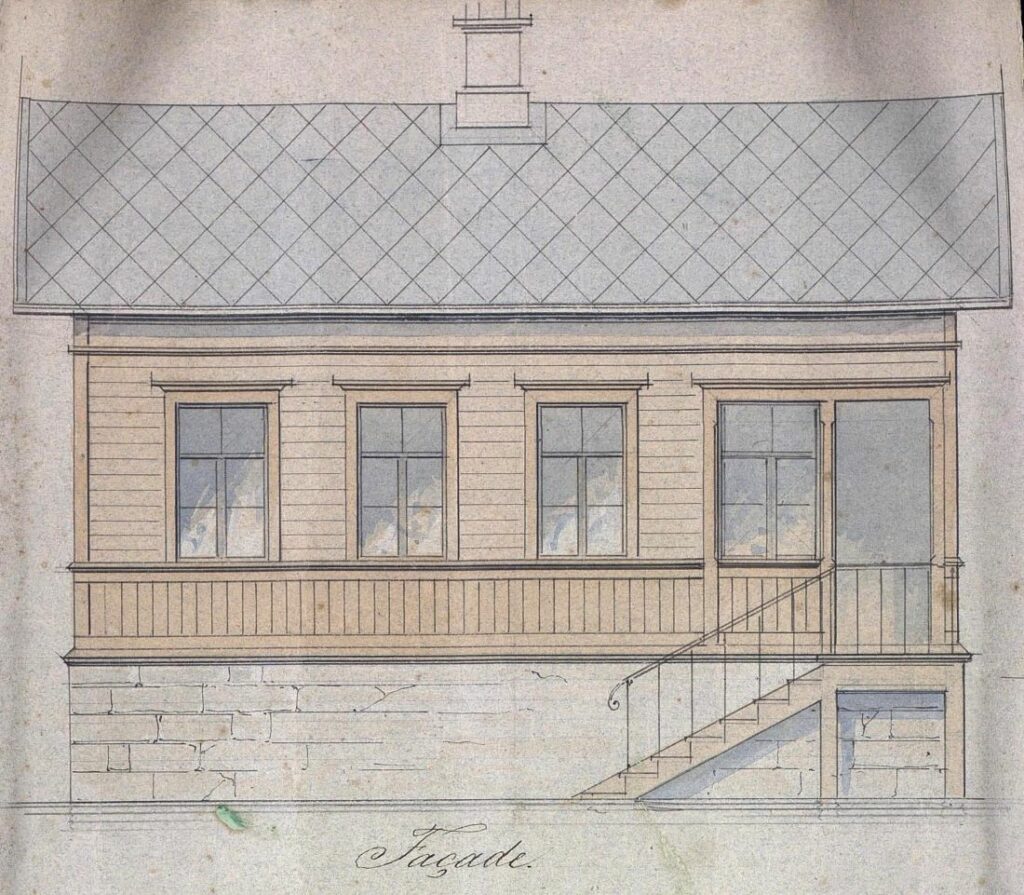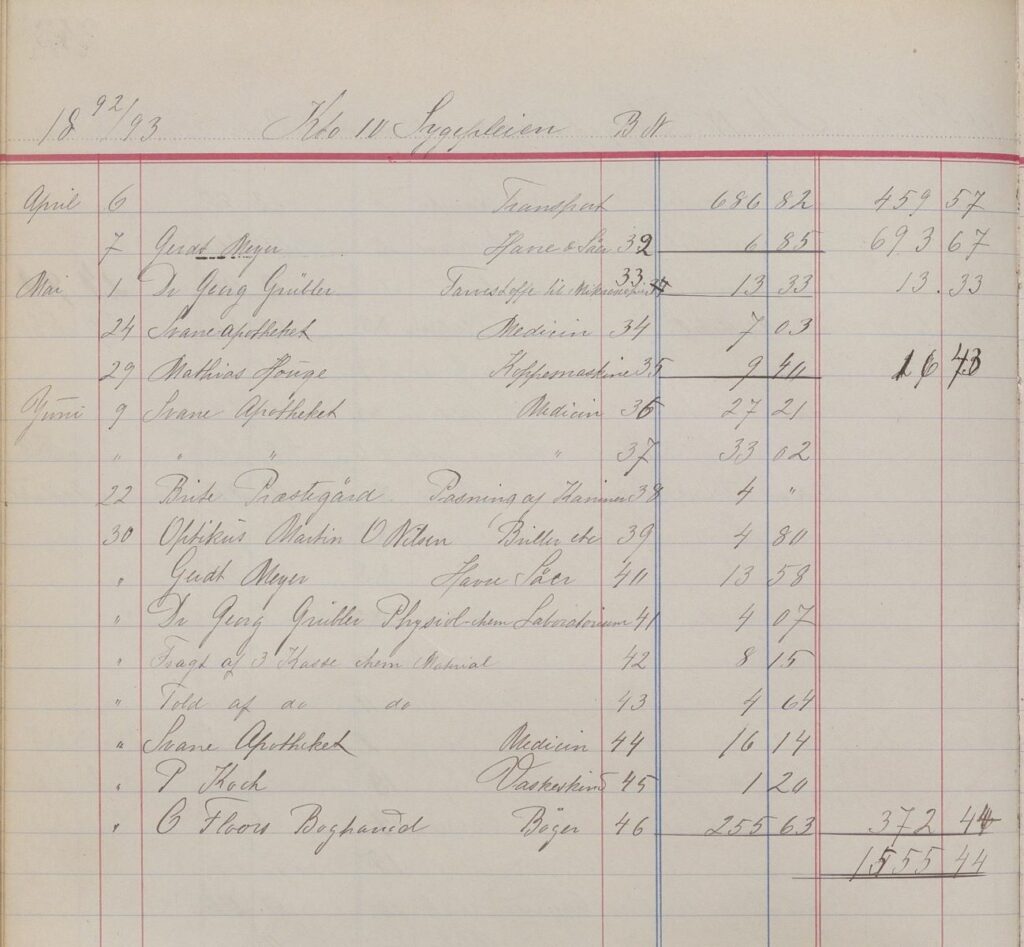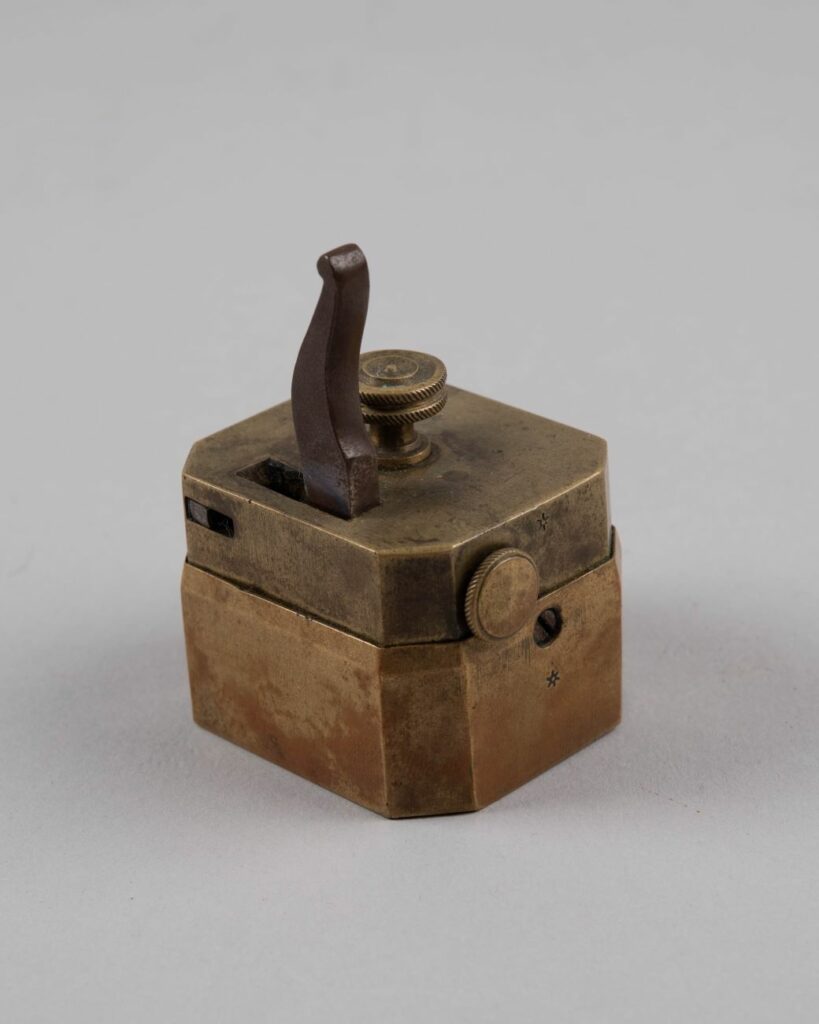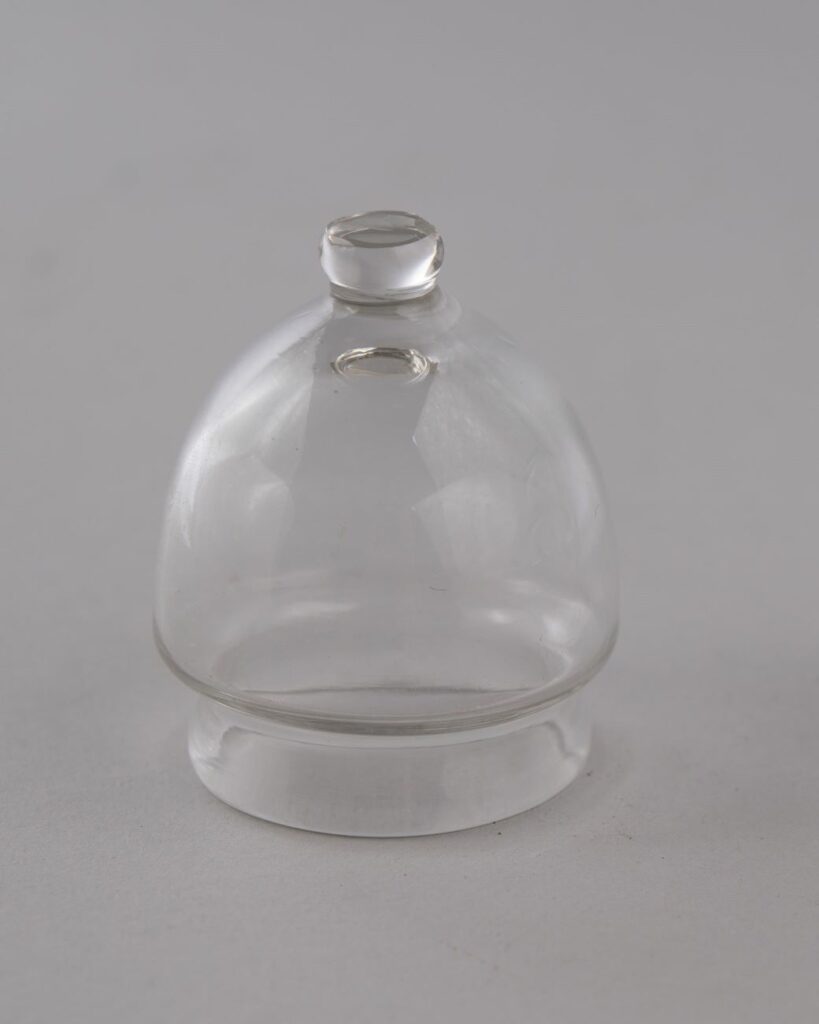Medicine, bathing and blood cupping – Danielssen’s treatment
Lungegård Hospital was a research and treatment hospital with its own curative department. Head physician Daniel C. Danielssen was responsible for treatment and for testing new medicines. In the hospital’s triennial reports, which were published in the medical journal Norsk Magazin for Lægevidenskaben, he gave a detailed account of both of these areas of responsibility, and also reviewed the medical history of the patients he considered to be healed.
Danielssen was of the view that treatment had to be adapted to the patient’s condition, the type of disease and how far the disease has progressed. For example, if the patient was anaemic, the anaemia had to be treated before, or at least at the same time as, treatment for leprosy commenced. He writes that they had always taken this approach at Lungegård Hospital.
The hospital also ensured that patients had clean air, a suitable temperature, an appropriate amount of outdoor exercise, warm clothing, frequent changes of clothing, good nutrition, and hot baths several times a week, both steam baths and ordinary baths. He also used electric baths, and, in the summer, the men bathed in the open sea. It appears that both sexes eventually began bathing in the sea. Moreover, Danielssen believed that most of these measures should be implemented in any well-ordered hospital.
It also appears from the triennial reports that Danielssen swore by three forms of treatment: medication taken internally, bathing and cupping, or blood cupping, as he called it. The type of medication used seems to have changed over time. In the 1860s he states that he used potassium antimony tartrate hydrate, once used as an emetic or vomiting agent, in small and increasing doses in the early stages of the disease, in combination with hot electric baths or steam baths. The earlier this treatment was used, the better the outcome. In the late 1880s, he used what he called ‘salicylic sodium bicarbonate’, what is now known as sodium salicylate, a salt of sodium bicarbonate and salicylic acid used as an anti-inflammatory medication. He points out that the remedy had proven effective against both types of leprosy, even when the disease had been present for many years.
As late as 1892, he describes his treatment as follows: ‘The treatment was as I so often suggested, namely: salicylic sodium bicarbonate taken internally in increasing doses; external regular cupping, as well as bathing (sea baths, steam baths, ordinary baths).’ In the final years of his career, he had several patients who were discharged as cured after being treated with only cupping and bathing. Cupping treatment had more or less been discontinued at this time, but Danielssen used this treatment for as long as he worked at Lungegård Hospital.

Unsigned drawing dated 5 June 1865.
Bergen City Archives.

The Regional State Archives of Bergen.
Cupping set with a scarificator.
Photo: Bergen City Museum.








